Water Conservancy Data Acquisition and Big Data Service Based on Multi-data Sources
DOI: 10.23977/jeis.2019.41001 | Downloads: 45 | Views: 4148
Author(s)
Xu Zhu 1
Affiliation(s)
1 Peking University, Beijing, China
Corresponding Author
Xu ZhuABSTRACT
To reflect the application value of data development, based on the data of multiple data sources, the water conservancy and the big data service were studied. First, the acquisition of public data was studied. Computers were used to quickly and efficiently collect data into libraries, which greatly reduce the difficulty of data acquisition. Then, the method of data cleaning was determined to improve data quality and enhance the effectiveness and reliability of the data in the application process. Finally, the water conservancy prediction model was applied to the flood prevention decision-making service system based on the integrated platform. The results showed that the acquisition of public data greatly improved the efficiency of data acquisition. By cleaning the obtained data of repeated values, error values, outliers and missing values, higher quality water situation data was obtained. The water conservancy prediction model improved the accuracy of the prediction, and the flood control decision service system provided an efficient and operational integrated platform. Therefore, the water conservancy prediction model has a certain guiding role in flood control decision-making. It is the key to big data services for water conservancy.
KEYWORDS
Multiple data sources, water conservancy data acquisition, data cleaning, ARIMS, big data servicesCITE THIS PAPER
Xu, Z., Water Conservancy Data Acquisition and Big Data Service Based on Multi-data Sources, Journal of Electronics and Information Science (2019) 4: 1-7. DOI: http://dx.doi.org/10.23977/jeis.2019.41001.
REFERENCES
[1] Yang Y, Zhao R, Zhou S, et al. Integrating multi-source data to improve water erosion mapping in Tibet, China. Catena, 2018, 169, pp. 31-45.
[2] Wang J, Kang S, Sun J, et al. Spatial prediction of crop water requirement based on Bayesian maximum entropy and multi-source data. Transactions of the Chinese Society of Agricultural Engineering, 2017, 33(9), pp. 99-106.
[3] Bai Y, Bai X, Meng-Ting H U. Research on Io T-based Water Environment Benchmark Data Acquisition Management. Journal of Anhui Radio & Tv University, 2017, 94(1), pp. 012145.
[4] Mcdonald S, Groff C, Low M, et al. How Boynton Beach Florida Is Pioneering Optimization of Water Utilities Through Integration of Big Data Analytics to Create Gis-Centric Decision Support Dashboards. Proceedings of the Water Environment Federation, 2017, 2017(6), pp. 4864-4869.
[5] Varotsos C A, Krapivin V F. A new big data approach based on geoecological information-modeling system. Big Earth Data, 2017, 1(1-2), pp. 47-63.
[6] Zheng H, Hong Y, Long D, et al. Monitoring surface water quality using social media in the context of citizen science. Hydrology & Earth System Sciences, 2017, 21(2), pp. 949-961.
[7] Shafiee M E, Barker Z, Rasekh A. Enhancing water system models by integrating big data. Sustainable Cities & Society, 2018, 37, pp. 485-491.
| Downloads: | 13730 |
|---|---|
| Visits: | 580220 |
Sponsors, Associates, and Links
-
Information Systems and Signal Processing Journal

-
Intelligent Robots and Systems

-
Journal of Image, Video and Signals
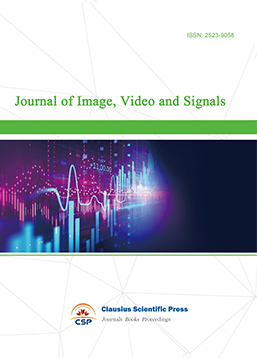
-
Transactions on Real-Time and Embedded Systems
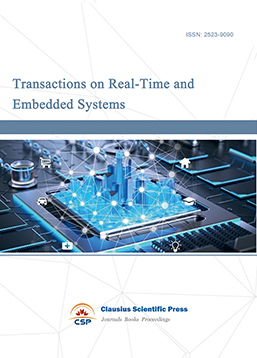
-
Journal of Electromagnetic Interference and Compatibility
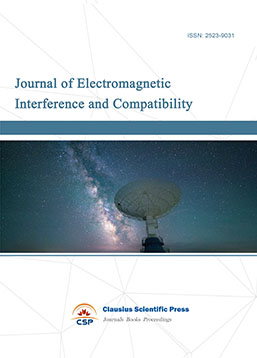
-
Acoustics, Speech and Signal Processing
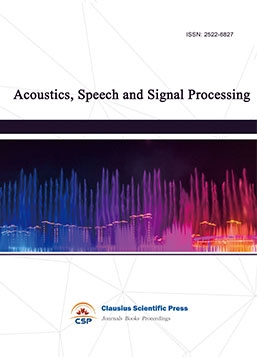
-
Journal of Power Electronics, Machines and Drives
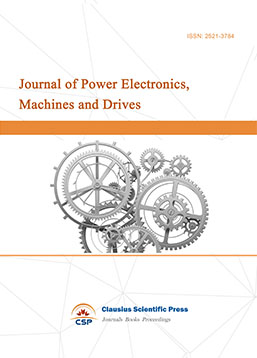
-
Journal of Electro Optics and Lasers

-
Journal of Integrated Circuits Design and Test
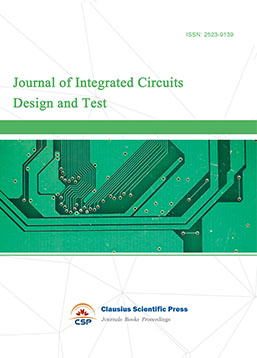
-
Journal of Ultrasonics
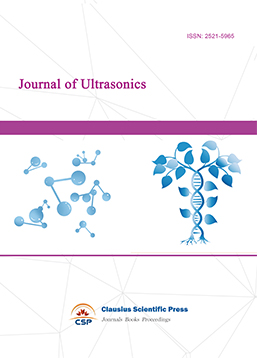
-
Antennas and Propagation
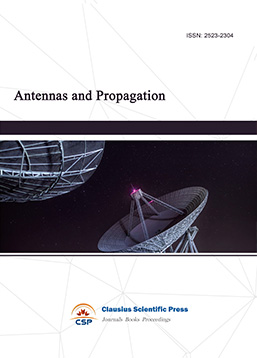
-
Optical Communications
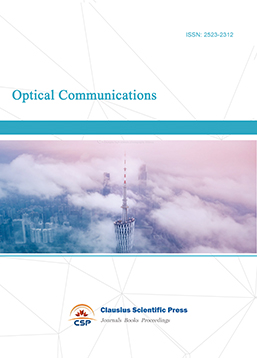
-
Solid-State Circuits and Systems-on-a-Chip

-
Field-Programmable Gate Arrays

-
Vehicular Electronics and Safety
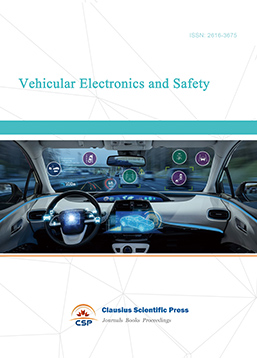
-
Optical Fiber Sensor and Communication
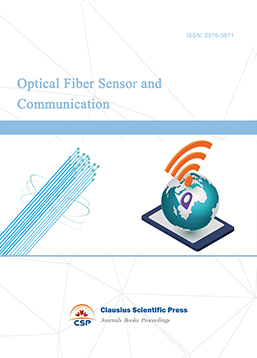
-
Journal of Low Power Electronics and Design
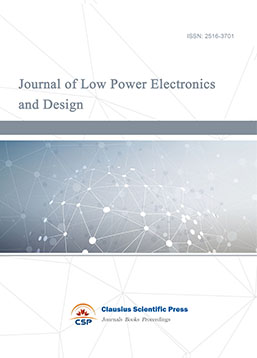
-
Infrared and Millimeter Wave
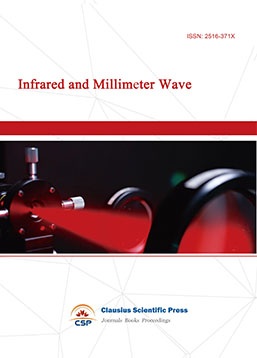
-
Detection Technology and Automation Equipment
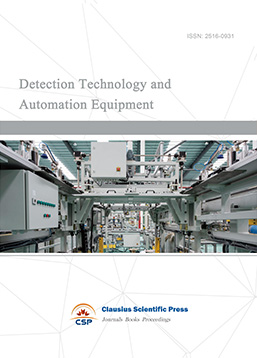
-
Journal of Radio and Wireless

-
Journal of Microwave and Terahertz Engineering
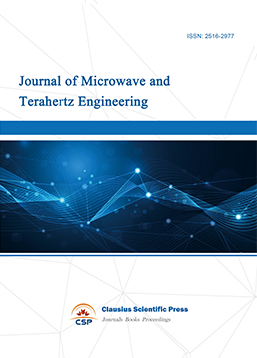
-
Journal of Communication, Control and Computing
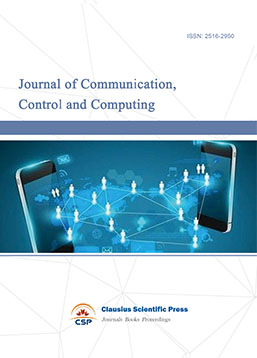
-
International Journal of Surveying and Mapping
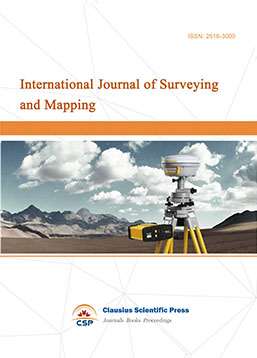
-
Information Retrieval, Systems and Services
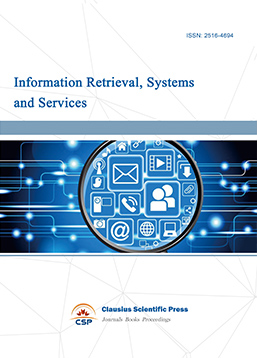
-
Journal of Biometrics, Identity and Security

-
Journal of Avionics, Radar and Sonar
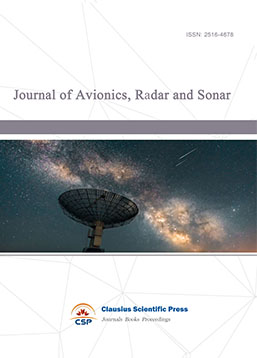

 Download as PDF
Download as PDF